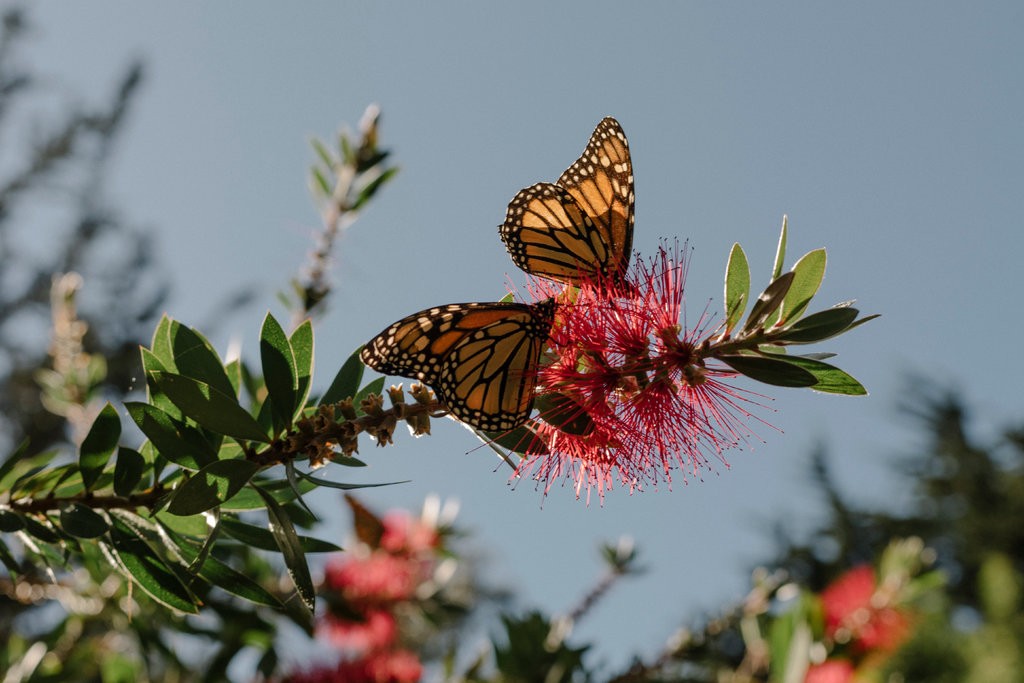With 86% Drop, California’s Monarch Butterfly Population Hits Record Low

They arrive in California each winter, an undulating ribbon of orange and black. There, migrating western monarch butterflies nestle among the state’s coastal forests, traveling from as far away as Idaho and Utah only to return home in the spring.
This year, though, the monarchs’ flight seems more perilous than ever. The Xerces Society for Invertebrate Conservation, a nonprofit group that conducts a yearly census of the western monarch, said the population reached historic lows in 2018, an estimated 86 percent decline from the previous year. That in itself would be troubling news. But, combined with a 97 percent decline in the total population since the 1980s, this year’s count is “potentially catastrophic,” according to the biologist Emma Pelton. “We think this is a huge wake-up call,” said Ms. Pelton, who oversees the survey and lives in Portland, Ore.
The society has preliminary counts from 97 sites, most of them along California’s coast, representing an area that traditionally accounts for nearly 77 percent of the state’s winter monarch population. In 2017, the sites hosted about 148,000 monarchs. But in 2018, that dropped to an estimated 20,456 monarchs, with large numbers of them counted in Pismo Beach, Big Sur and Pacific Grove.

